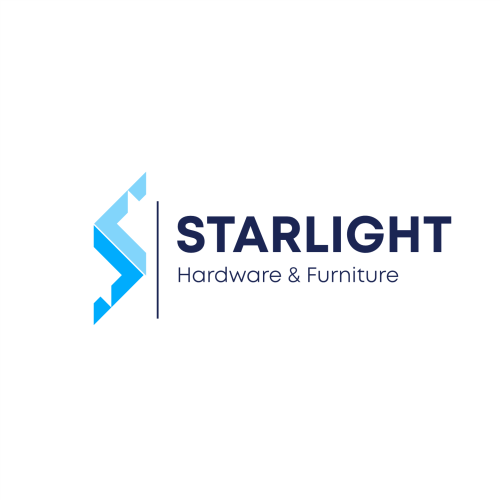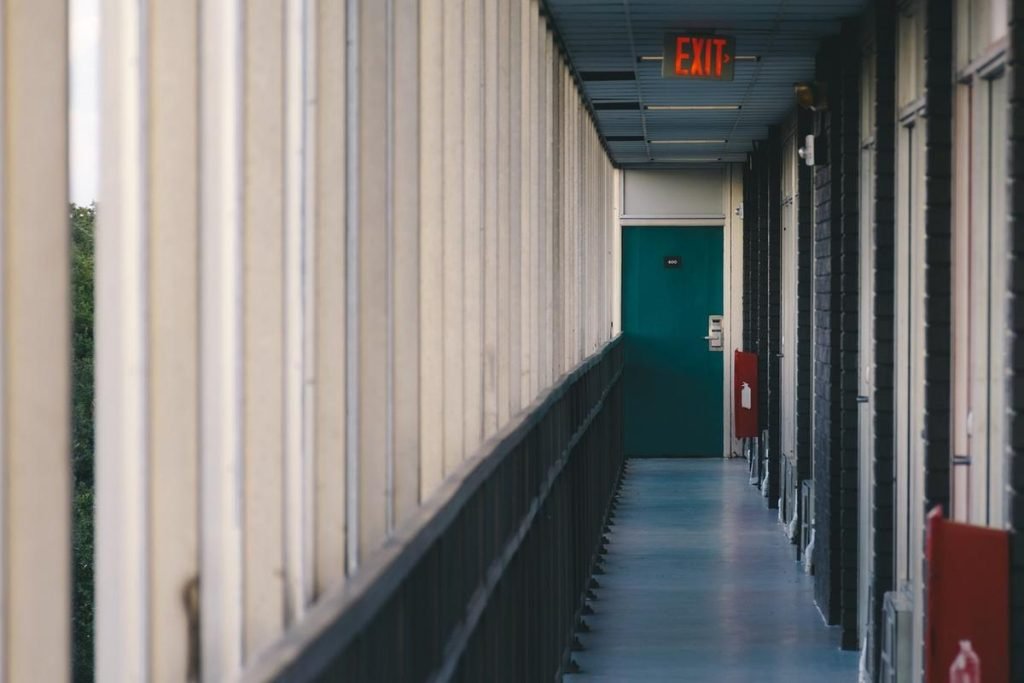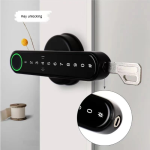Student residences provide more than a roof and a bed. These spaces form the backdrop for countless experiences and guide the paths young adults take. In some cases, critical safety features go unnoticed, leaving gaps that drive stress and divert attention from academic and personal goals.
Introducing security doors and impact-resistant windows into campus housing proves a smart investment. These installations resist forced entry and discourage break-ins. Students report feeling more at ease in their rooms, which helps them concentrate on coursework and personal development.
Campus housing sees constant traffic in halls and common areas. Visitors arrive throughout the day and late into the night. Without strong entry systems, buildings become vulnerable. Security doors and windows act as primary shields against unwanted access, protecting residents and their belongings.
Products rated for impact and forced entry hold up under severe force while preserving frame strength. Bulletproof glass stands out among window options. It withstands heavy impacts without shattering, a feature that plays a key role in deterring break-ins and creating a more secure living space.
Security doors often include reinforced frames and advanced locking systems. These components outmatch those found on standard residential doors. They stand up to tampering attempts and blunt-force assaults, forming a barrier that delays or stops intruders before they reach corridors or stairwells.
Combining those doors with impact-rated windows builds a robust defense. Both elements work in concert, giving campus officials and students confidence that entry points remain secure. That reassurance carries through busy days, late-night study sessions and weekend gatherings.
Resilience against severe weather and acts of vandalism represents a valuable side benefit. That durability helps lower repair costs after storms or deliberate damage and keeps residence halls open for classes and campus events.
Campus leaders point to three main advantages:
- Stronger openings discourage opportunists.
- Protection extends to electronics and study materials students rely on.
- Institutions gain a safety-focused image, appealing to families comparing housing options.
These doors and windows serve as core risk-management tools. By reducing the chance of unauthorized entry, universities lower exposure to legal claims and protect their reputations.
A dorm equipped with impact-rated openings handles critical moments more smoothly. Staff and security teams can manage incidents such as break-in attempts during holiday breaks or late-night disturbances with less confusion. Entry points tie into broader safety plans that include patrols and CCTV.
Insurance carriers often adjust rates for buildings outfitted with verified security systems. Premises with impact-rated doors and windows can qualify for lower premiums, reflecting reduced risk of theft or property damage. Some insurers cite lower loss ratios after these systems install. Over time, premium savings help offset installation expenses.
Comprehensive safety strategies pair physical barriers with electronic solutions. Access controls, badge readers and surveillance systems synchronize with secure entry points to provide real-time alerts when unauthorized access attempts occur or a window sustains heavy impact. Central monitoring stations review footage and dispatch responders if needed.
Choosing security doors and windows requires attention to proven performance. Key factors to assess include:
- Material strength based on reinforced steel, aluminum or advanced composites
- Impact-class ratings for windows with bulletproof glass and doors with high-force cores
- Design compatibility so security elements integrate with campus architecture
- Compliance with safety codes and industry standards
Design teams look for features that blend with existing building styles instead of sticking out. That visual harmony keeps residence halls welcoming without a fortress-like appearance.
Working with experienced suppliers and installers raises the likelihood of proper fit and long-term reliability. Experts in impact and forced-entry products understand the installation details that maintain warranties and performance.
Routine maintenance catches minor faults before they worsen. Inspecting seals, lubricating hinges and testing locks extends lifespan.
These doors and windows perform best when they form part of a layered plan. Regular inspections uncover wear or weaknesses. Staff and residents trained in safety procedures spot issues early. Access controls and cameras keep watch on doorways and frames.
A holistic system tightens physical security and reinforces a focus on student welfare. Safe buildings reflect an institution’s pledge to protect learners, shaping an environment that supports success.
As campus safety standards evolve, durable doors and windows remain crucial. Institutions investing in these products deliver safer housing that guards residents and strengthens overall campus safety.
Feedback from student residents and their families highlights the impact of upgraded entry systems. Many share that visible security features boost confidence and allow them to settle into campus life without lingering worries.



